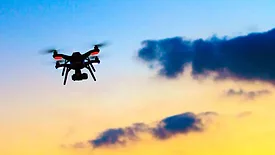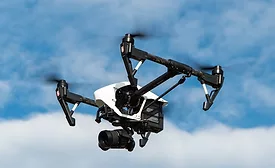Home » Keywords: » drone legislation
Items Tagged with 'drone legislation'
ARTICLES
Integrated Solutions
The message is clear: America’s drone future must be secure, sovereign and strategically independent.
Read More
Timeline of Counter-Drone Activity in the U.S. Government
How can enterprise security leaders protect their environments?
September 1, 2017
What to Do About Drones? Detect, Identify, Respond
Because of the danger posed by the misuse of UAVs, new technology mitigates potential drone threats.
October 11, 2016
Sign-up to receive top management & result-driven techniques in the industry.
Join over 20,000+ industry leaders who receive our premium content.
SIGN UP TODAY!Copyright ©2025. All Rights Reserved BNP Media.
Design, CMS, Hosting & Web Development :: ePublishing





